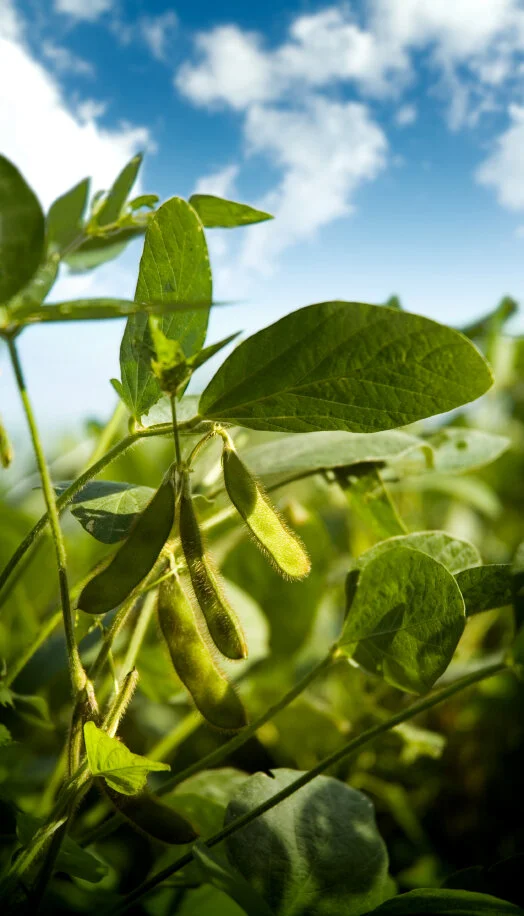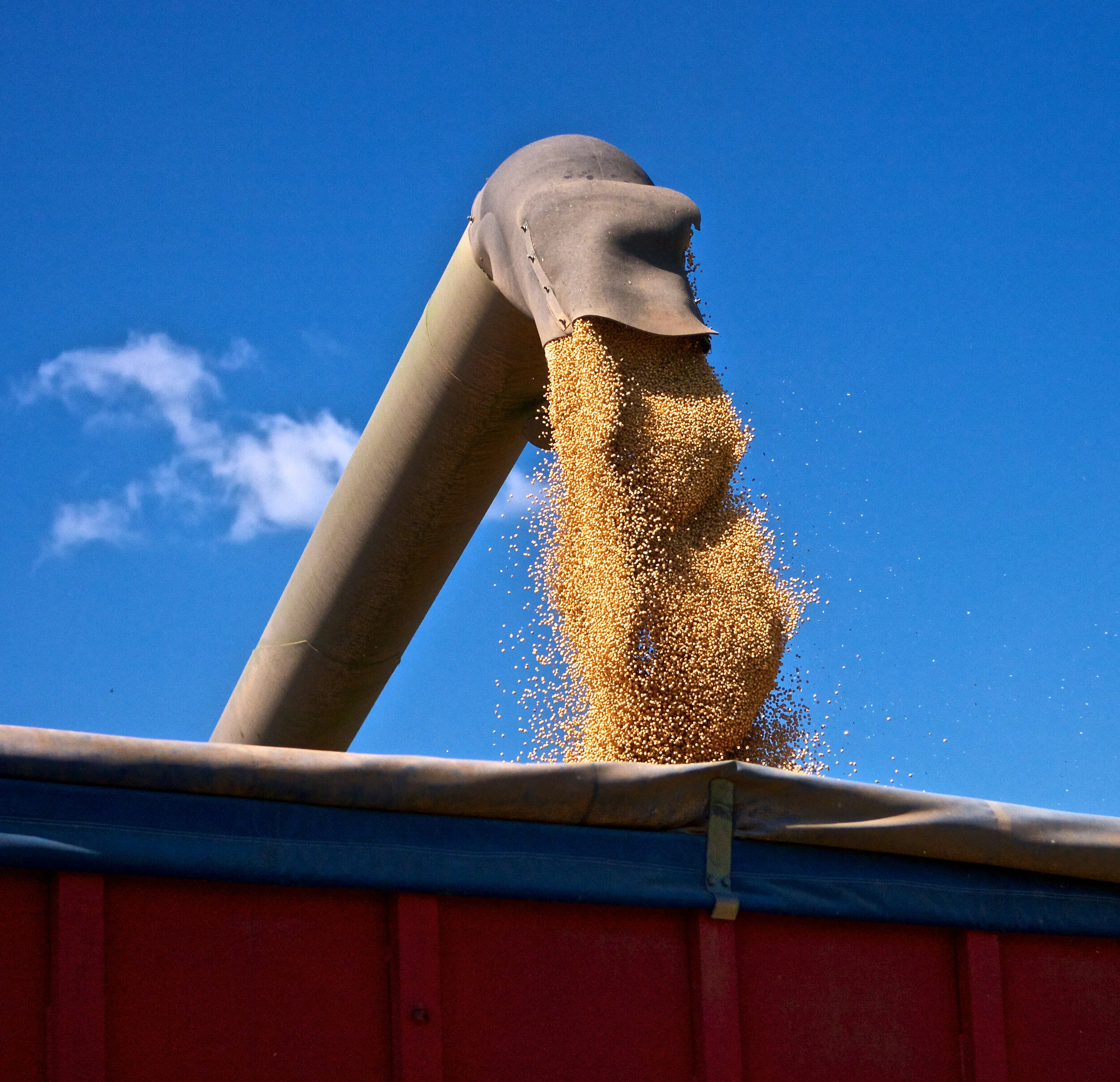2020 will be remembered by all, for a host of reasons. For those in the ag world, the Phase One Agreement between the United States and China will certainly be one of them. Signed on January 15, 2020, and in effect as of February 14, 2020, the agreement set lofty goals for U.S. agricultural exports to China. Now that all the data for calendar year 2020 is available, it’s time to see what went right and what did not.
Read MoreThe February USDA WASDE report did not elicit the pronounced market reaction observed last month. However, the grains exhibited technical selling in the futures market. With that, the corn and soybean markets will be watching for changes in South American production (weather) and export activity which could trigger technical influence in the market as the U.S. planting season approaches.
Read MoreAgricultural producers who have not yet enrolled in the Agriculture Risk Coverage (ARC) or Price Loss Coverage (PLC) programs for 2021 must do so by March 15. Producers who have not yet signed a 2021 enrollment contract or who want to make an election change should contact their local USDA Farm Service Agency (FSA) office to make an appointment. Program enrollment for 2021 is required in order to participate in the programs, but elections for the 2021 crop year are optional and otherwise remain the same as elections made for 2020.
Read MoreLouisiana pesticide applicator recertification looks a little different than in years past. Beginning in the late summer of 2020 the LSU AgCenter worked with Louisiana Department of Agriculture and Forestry (LDAF) to provide different options for commercial pesticide applicators to become recertified to meet state and federal requirements.
Read MoreSeveral Webinars about crops to be grown this upcoming season have been scheduled by the Louisiana Agricultural Consultants Association.
Read MoreCorn and soybean prices have risen sharply since mid-August 2020. Smaller-than-expected 2020 U.S. harvests of both corn and soybeans are a key reason for the price rally. But just as important is the rise in exports of both crops to overseas destinations — primarily China. The increase in China’s demand for feedstuffs is tied to the resurgence in the Chinese pork sector as the country attempts to rebuild its hog herd and boost the supply of pork to Chinese consumers.
Read MoreChina’s historic buys last week seem to come with nervousness from other major importers. Arlan Suderman of StoneX says after USDA announced sales of 80.3 million bushels of corn to China early last week, but Wednesday’s sales to China also revealed purchases by “unknown destinations” that totaled 8.4 million bushels. Suderman said that could be an indication that other buyers are getting nervous.
Read MoreIf you still have grain stored on the farm, are you confident it will be as high of quality when you pull it out as when you put it in? Gary Woodruff, district sales manager and grain conditioning expert for GSI, suggests taking steps to protect your investment inside your bins.
Read MoreOn Monday, the CME Group’s farm markets started lower, but quickly turned higher. At the close, the March corn futures finished 11¢ higher at $5.11 1/2. May corn futures closed 11 1/4¢ higher at $5.14 1/4. March soybean futures ended 31 1/2¢ higher at $13.43 1/4. May soybean futures finished 31 3/4¢ higher at $13.42 3/4.March wheat futures closed 14¢ higher at $6.48 1/4.
Read MoreIn this week's Market Movers Americas, presented by Joshua Pedrick include soybeans volatile after prices back away from highs, fog prompts standoff in Aframax market, WTI MEH/Midland spread narrows despite production decline, muted demand and heavy sea fog weaken Henry Hub and cooler US Northeast weather pushes up power demand, prices.
Read MoreMaryland farmer Trey Hill pulled in a healthy haul of corn last fall and then immediately planted rye, turnips, clover and other species, which are now spreading a lush green carpet over the soil. While his grandfather, who started the family farm along the Chesapeake Bay, always planted in the spring in a clean field, in Hill’s approach to farming, “you never want to see the ground.”
Read MoreThe Federal Motor Carrier Safety Administration (FMCSA) granted railroad drivers a 5-year exemption from FMCSA’s 14-hour, 60-hour, and 70-hour rules, based on an application submitted by the Association of American Railroads, American Short Line and Regional Railroad Association, and member railroads.
Read MoreWelcome to the 2021 Virtual Rice and Soybean Production Meeting. Due to the COVID-19 pandemic and its related protocols, the LSU AgCenter is having to provide information to our stakeholders in different ways.
Read MoreAs analysts continue to digest what the latest USDA reports could mean for prices in the coming months, one thing is certain: soybean stocks to use is record tight. “I think it is the largest revision and one of the largest surprises ever, and the quarterly stocks number sets the market off for a lot of price adjusting to do looking out into 2021,” says Bill Biedermann of AgMarket.Net.
Read MoreThe new year got off to a big start for U.S. soybean trade, with sales and shipments to China totaling nearly 2 million metric tons for just the first week in January, according to the latest trade data.
Read More














